EDDISON Family of Gateford & Shireoaks
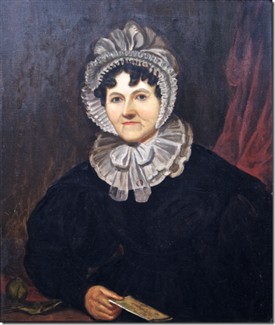
Ann Eddison (1770 - 1845) of Gateford House
Sara Woodall
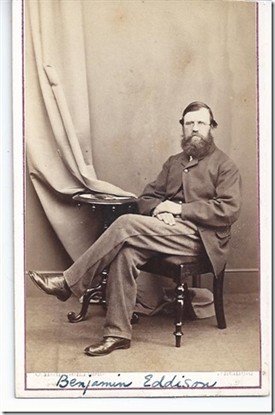
Benjamin Eddison of Shireoaks Hall
Sara Woodall
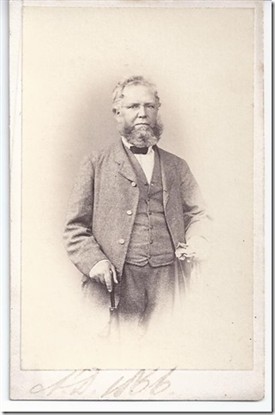
Edwin Eddison (1805 - 1867)
Sara Woodall
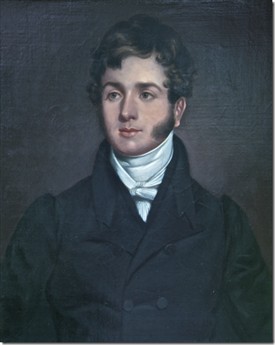
Henry Eddison (brother of Edwin Eddison)
Sara Woodall
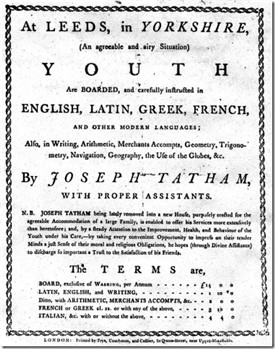
Henry and Edwin attended Joseph Tatham's school in Leeds
Sara Woodall
By Sara Woodall
Twelve years ago in the chaos of her grandparents’ attics the author opened a black trunk and found on the top, a sixteen page document dated 1829 which appeared to be the rantings of an unnamed hypochondriac but in the end turned out to be descriptions of the agonies of her great-great grandfather, Edwin Eddison 1805–1867.
The document began ominously:
The first time that I recollect feeling my pain was after playing Football at Gateford when I was about 11 years old ... and whenever I played with much exertion I invariably had Bloody Urine ...
Like many others, she was ignorant about this generation of the family but here was thrilling evidence of their existence. On the threshold of destruction and jumbled under mounds of moth-eaten clothes were everyday Georgian documents: house inventories, clothes lists, Quaker marriage certificates, frail genealogical charts, farming notes that impressed the agriculturalist Arthur Young, lists of horses with lovely Georgian names, secret messages in shorthand, undertakers’ invoices and even a grocer’s receipt for nasty tasting funeral biscuits.
Pulsating letters gave apoplectic accounts of a bigamous marriage and a ship’s diary told of the last days of a murdered man. This delicious cacophony of bygone chatter echoing across history plunged her into a forgotten world and drew her inexorably into Edwin Eddison’s life. Reading of his miseries and studying old medical books, her eyes were opened to the quackery of the age.
The early Eddisons of Yorkshire and Nottinghamshire belonged to the Society of Friends with links to George Fox, and the family were part of the close community of Quakers involved in key moments of the Industrial Revolution. The letters reveal the family’s connection with the invention of the steam plough, anti-slavery protests, legal battles to save children from sweeping chimneys and the birth of the railways when money poured into Quaker banks.
There is an account of the crash of the great Quaker Overend and Gurney bank in 1866, the year Edwin took his family to America to visit rich relations and the letters sent home from this trip give a vivid description of the country recovering from the civil war.
Quaker achievements run through the book, but this is a tale about the vibrant life of a comparatively rich and successful family at the threshold of the Industrial Revolution and before the discovery of significant medicines. Edwin Eddison and his agonies are at the centre of the story.